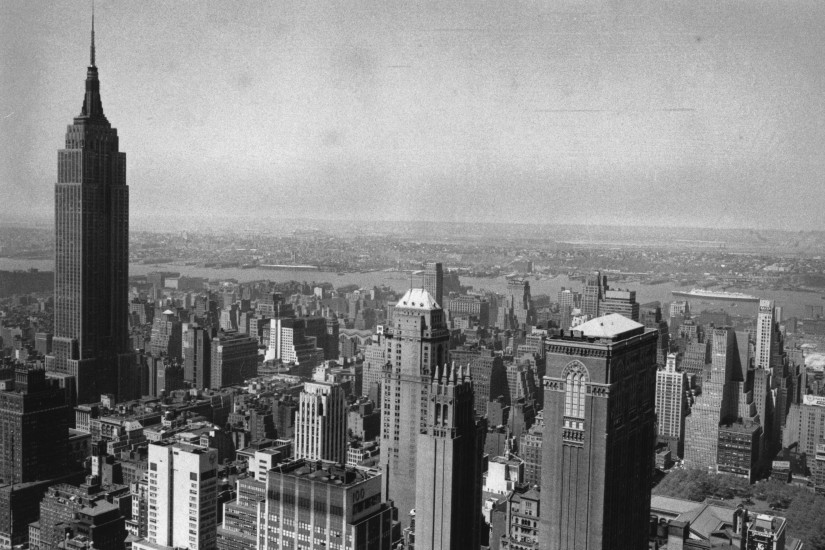When the ground was first broken in 1900 to build a subway under the crowded streets of New York, some 25,000 of the city’s residents gathered to watch the ceremonies and cheer: “To Harlem in 15 minutes!” Not that it would be easy—removing 3 million cubic yards of earth and laying rails under the city was a job that would take four years and thousands of workers, 54 of whom lost their lives during the construction.
When the subway finally opened, it was a day of civic celebration. The city’s factories gave workers a half-holiday, and every passenger was permitted to ride free of charge. Some 150,000 people did. Yet what was perhaps most remarkable was just how quickly New Yorkers adapted to this engineering miracle. One reporter for The New York Times observed that after their exploratory journey, people poured out of the stations and made their way quietly home, “having finished what will be to them the daily routine of the rest of their lives.”
The story of the subway, then, is one of an extraordinary achievement that came to be regarded as perfectly ordinary, and it is, in a way, the urtext of any book about New York. “It is a miracle that New York works at all,” wrote E.B. White in his famous paean to the city. “The whole thing is implausible.” Yet this sense of awe and mystique, even as it animates much writing about the city, can also make New York difficult to see clearly—especially in relation to the rest of American history.
Often, writers treat New York either as the apotheosis of America or as a national outlier. It is perceived as the center of trends that have shaped the rest of the country’s history—the heart of immigration, the capital of finance—or as an extreme metropolis that has little in common with the rest of America, the so-called heartland. To a certain extent, some of the difficulties inherent in writing urban history (or perhaps any history at all) show up with special force in histories of New York: Is the purpose of writing about the city to illuminate its distinguishing features, or to tell a larger story of which New York is representative?
Mike Wallace’s Greater Gotham—the second of what he hopes to be four books about the city—manages to do both. It is a book about New York in all its bewildering particularity, yet it also addresses the sweep of American history in the early 20th century. Greater Gotham is the sequel to the Pulitzer Prize–winning Gotham, in which Wallace, along with co-author Edwin G. Burrows, told the story of the rise of New York over its first 300 years: the transformation of an unassuming island into the hub of a vast city.
